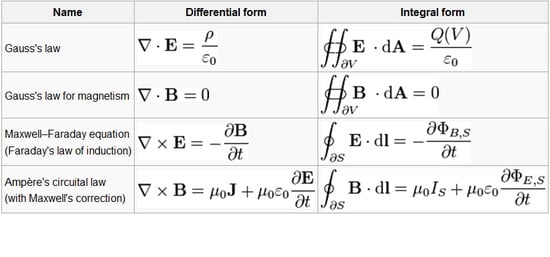 |
| Amazon link |
Richard Feynman once wrote:
"From a long view of the history of mankind - seen from, say, ten thousand years from now - there can be little doubt that the most significant event of the 19th century will be judged as Maxwell's discovery of the laws of electrodynamics."What should we say about the other centuries?
---
The seventeenth century, in 10,000 years time, will be remembered principally for Isaac Newton's laws of dynamics:
- First law: When viewed in an inertial reference frame, an object either remains at rest or continues to move at a constant velocity, unless acted upon by a net force.
- Second law: In an inertial reference frame, the vector sum of the forces F on an object is equal to the mass m of that object multiplied by the acceleration vector a of the object: F = ma.
- Third law: When one body exerts a force on a second body, the second body simultaneously exerts a force equal in magnitude and opposite in direction on the first body.
And universal gravitation: F = Gm1m2/r2 - plus calculus, co-discovered with Leibnitz.
---
The eighteenth century was not rich in epoch-spanning discoveries, but future historians of science will recall it for Rev. Thomas Bayes, whose profound theorem will power the great AI learning engines down the ages.
---
The nineteenth century we've already mentioned. Here are Maxwell's equations in the vector form he would not easily have recognised.
---
The twentieth century is a cornucopia of fundamental science, but I think the most truly foundational, revolutionary and influential discovery has to be the Schrödinger equation, which explains .. well, almost everything around us.
But I doubt the 10,000 year future will have forgotten Einstein - or Bohr, Heisenberg, Dirac, ... .
---
Sean Carroll has a related list of his seven favourite equations here.



If the seventeenth century gave us also "Universal Gravitation" then surely we should add General Relativity G_uv = 8(pi)T_uv (+ Lambda g_uv). (Carroll equn [6] plus explicit Lambda component which may or may not be present for Dark Energy - Carroll absorbs it into T_uv.) Thus we have Space-Time geometry - new innovation at the Foundations. In 10 000 years the expectation is that many readers will be "off-Earth" having got to their destination via a curved space-time journey. Whether they understand QM any better remains to be seen.
ReplyDeleteOne reader takes Carroll to task for ignoring the Density Matrix form of the SWE - a so called "Master Equation". I have actually just read an old paper by Ilya Prigogine who argues that QM should use a "non-equilibrium entropy superoperator" whose effect should be to make the density matrix form fundamental. I sometimes view Prigogine as the nearest thing to a Biologist in Fundamental Physics (with Anderson the second nearest). Both Nobel prize winners. Mind you this Master Equation stuff seems very messy (as well as Dr Who-ish.)